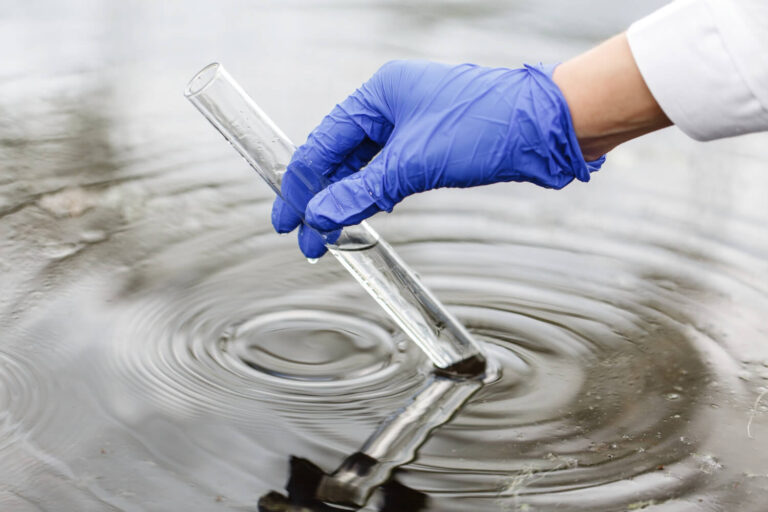
What are water borne diseases?
Water is the most important element for living organisms. As humans live more in cities and less in nature, water is to be kept clean. Contaminated water can cause some minor to major diseases.
There are certain microbes called pathogenic microbes, which cause water-borne diseases. Transmission of these pathogens occurs while using infected water for drinking, cooking, washing clothes, utensils, etc.
Most water-borne diseases worldwide mainly affect children due to poor hygiene and weak immunity.
Water borne diseases:
1. Diarrhea: This is the most common of all water-borne diseases, mainly affecting children below five years of age. The symptoms include dehydration, pale skin, dizziness, and loss of consciousness in severe cases.
It usually lasts for a couple of weeks and can turn out to be fatal if it goes untreated.
Treatment:
- Drink plenty of clear liquids like water, oral rehydration solution, and juices. Avoid caffeine and alcohol because they dehydrate the body.
- Avoid certain foods such as high-fiber foods, dairy products, fatty foods, etc. until you get better.
-
Anti-diarrheal medications such as loperamide and bismuth subsalicylate, might help reduce the number of watery bowel movements so that the body does not get dehydrated and control severe symptoms.
Sometimes these medications prevent your body from getting rid of the main cause of diarrhea in case of some medical conditions and infections like bacterial and parasitic infections and they are also aren’t always safe for children. It’s always better to take a doctor’s advice before taking these medications or giving them to a child.
- Adding probiotics may help to restore a healthy balance to the intestinal tract by boosting the level of good bacteria because it contains certain microorganisms which do so.
2. Cholera: It is mainly caused by a bacteria named ‘Vibrio cholera due to consumption of contaminated drinking water or food. The symptoms include diarrhea, vomiting, fever, and abdominal cramps.
Cholera usually occurs predominantly in children, but can also affect adults. The mortality rate of cholera is alarmingly high among water-borne diseases.
Especially people with a lowered immunity, like those who are malnourished or infected with Human Immunodeficiency Virus (HIV), are at a heightened risk of death if they’re infected with the bacteria.
Treatment:
- There is a particular vaccination for cholera. Both, CDC and the WHO have specific guidelines for who should be given this vaccine.
- You can protect yourself by using only boiled water, water that has been chemically disinfected, or bottled water.
Other ways of treatment are the ones mentioned for diarrhea.
3. Typhoid: Typhoid fever is caused by a bacteria called Salmonella typhi transmitted via contaminated water. The patients suffer from prolonged fever, nausea, loss of appetite, headache, constipation, and loss of body weight.
Treatment:
- Drinking fluids helps prevent dehydration that results from a prolonged fever and diarrhea.
- Surgery, if your intestines are torn, you’ll need surgery.
- Commonly prescribed antibiotics are Ciprofloxacin (Cipro), Azithromycin (Zithromax), Ceftriaxone, etc. But always take them by asking your doctor.
Water is a basic need, we have to get clean and pure water in order to have a healthy body. The best way to prevent these diseases is to have clean and pure water and food. You need to have a good immune system in order to fight against any disease.
Every time you go out, make sure you wash your hands or sanitize them before eating, wash your face as you come home, and sanitize your essentials like your phone, wallet, keys, etc.
This will prevent any kind of infection that may lead to any disease or discomfort.
